Remember when Joker (2019) premiered, Todd Phillips’s controversial reimagining of the iconic DC Comics character? The 1970s-style amalgamation of Martin Scorsese’s movies (Taxi Driver and The King of Comedy) starred Joaquin Phoenix, who won an Oscar for a less enigmatic interpretation than Heath Ledger’s unforgettable performance in The Dark Knight (still the best representation of the Joker on film). It’s remembered because it was a great movie (highly debatable), a box-office success, and that it unexpectedly won the Golden Lion in Venice. It was also because of the fear of copycat violence that it could inspire. Five years later, on the eve of the sequel’s release, we can joke about such morbid expectations: Why so serious?
Phillips seems to have asked himself that and other questions regarding his success (including an Oscar nomination for best director). He now has assembled a robust and surprisingly lucid and self-critical reevaluation. The sequel, Joker: Folie à Deux, doesn’t seem designed to replicate past success, but rather as a creative exorcism. Phillips, his co-writer Scott Silver, and Phoenix summon back the pathetic Arthur Fleck, the scrawny body and face behind the clown makeup, to place him at the center of… a romantic musical, with the help of none other than pop star Lady Gaga. She plays Lee Quinzel, a reimagining of the comic book character Harley (Lee) Quinn (popularized on-screen by Margot Robbie).
Arthur and Lee write their own bad romance to the rhythm of Broadway standards when their paths cross in a music therapy class at Arkham Asylum, where they are both confined as mental patients. Fleck remains detained for the crimes committed in the first film, awaiting a trial that could end with a death sentence. Attorney Maryanne Stewart (Catherine Keener) takes on his case with a certain maternal concern, insisting that Fleck suffers from a dual personality disorder and should therefore be treated as a mentally ill person affected by childhood abuse.
Once again, the gloomy cinematography by Lawrence Sher and the funeral music of Hildur Guðnadóttir contribute to an oppressive atmosphere of absolute misery—Arthur now endures the humiliations and beatings of asylum guards—except this time he becomes progressively encircled by the color and life of a radically different genre, musicals, as Arthur becomes more intertwined with Lee. She is a smitten fan who sees Joker as an idol, having watched the made-for-TV movie about his case multiple times, and she wants him to unleash that violently anarchic part of his personality again.
The title in French refers to a “shared delusion,” so the two connect through music, forgetting the world around them. She is one of many fans who see Arthur as a role model in a dangerous, crime-ridden city like Gotham (New York–like, as usual). He reciprocates her feelings, and, for the first time in his life, someone assures him that he is no longer alone. Thanks to the duality offered by the musical numbers, Gaga here masterfully strikes the balance between a naturalistic actress (A Star Is Born) and a big star ready to chew the screen (House of Gucci). Her Hollywood career is just beginning to reach its exciting potential.
Phillips draws inspiration from the musicals of Hollywood’s golden age (the Freed unit at MGM, Vincente Minnelli’s movies), while also picking up where Scorsese and Francis Ford Coppola left off with New York, New York (1977) and One from The Heart (1982) in merging the rawness of New Hollywood with the beautiful artifices of the past. Many contemporary films flirt with the genre without fully committing. The experiments here are not timid, and Phillips lets loose an imagination that would not have fit in his previous movie. This includes an animated short directed by Sylvain Chomet in which Joker fights with his shadow, a variety show featuring Joker and Lee modeled after Sonny and Cher, a dream waltz (with an original song composed by Lady Gaga that easily blends with the rest of the classic tunes), a gospel fantasy, and, above all, moments where Arthur and Lee sing with imperfect voices in performances of unfolding madness.
Just for its musical aspects, and the exquisite staging in which they are choreographed and intelligently conceived, Joker: Folie à Deux is a bold artistic success. It challenges everything that made the original movie successful in the first place: It eviscerates the portrayal of incels; it questions the audience’s pleasure about the actions of such a violent character; and provides a severe critique against toxic, obsessive, and terrifyingly superficial fandom culture. That Phillips has cast one of the most famous people on the planet only amplifies the meanings further: Gaga plays the quintessence of a toxic fan.
It’s mostly a delirious courtroom drama, with a patient pace more art house-oriented than fueled by action, which may not be exactly what anyone would expect in regards to the first film, which also didn’t have too much action until the last 20 minutes. After a couple of instances in which you feel the movie is already over, it finally concludes not with a bang—that comes before—but an intentional whimper.
Without giving too much away, Joker: Folie à Deux is a smart time at the movies. Partly gone is the exploitative portrayal of mental illness with its air of self-importance, replaced by poisonous multicolor delights. It’s a slap in the face and a wake-up call that will anger previous fans, ultimately proving that with a song in their hearts, Phillips and Phoenix’s grandiose pretensions were well earned after all.

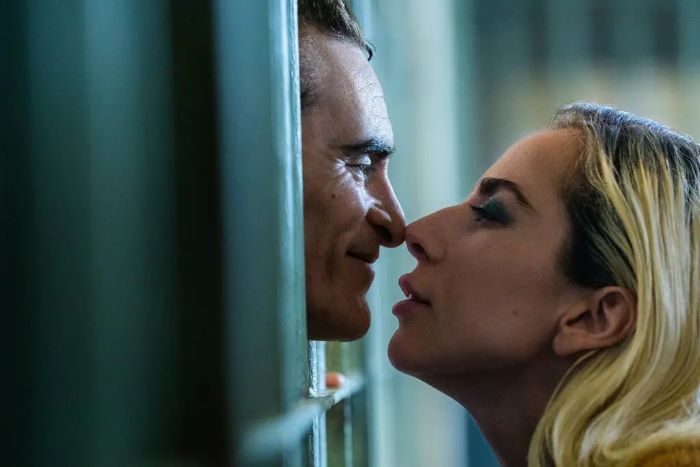
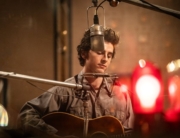
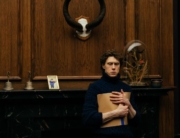
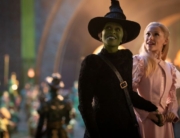
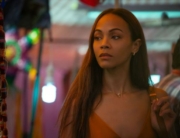

Leave A Comment